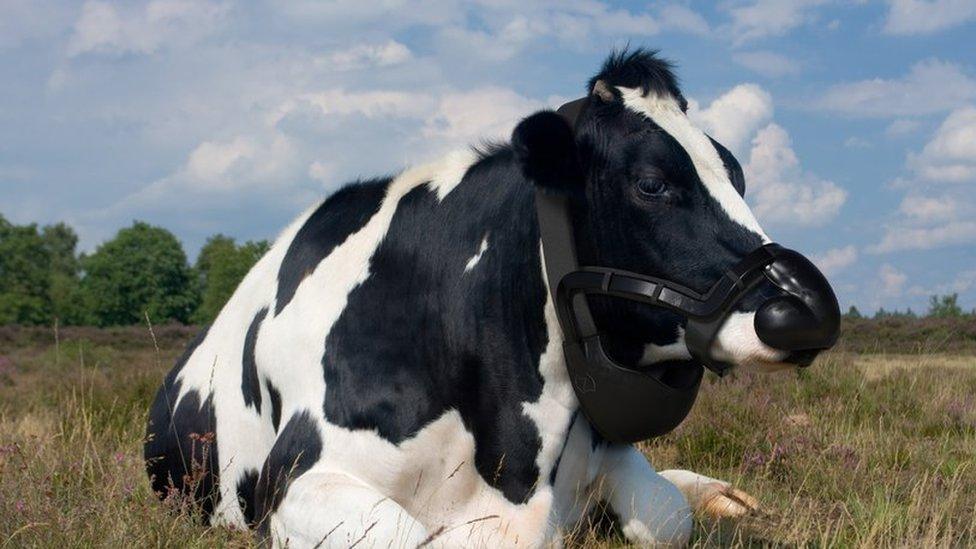Methane from cow burps seen from space for the first time
- Published
- comments
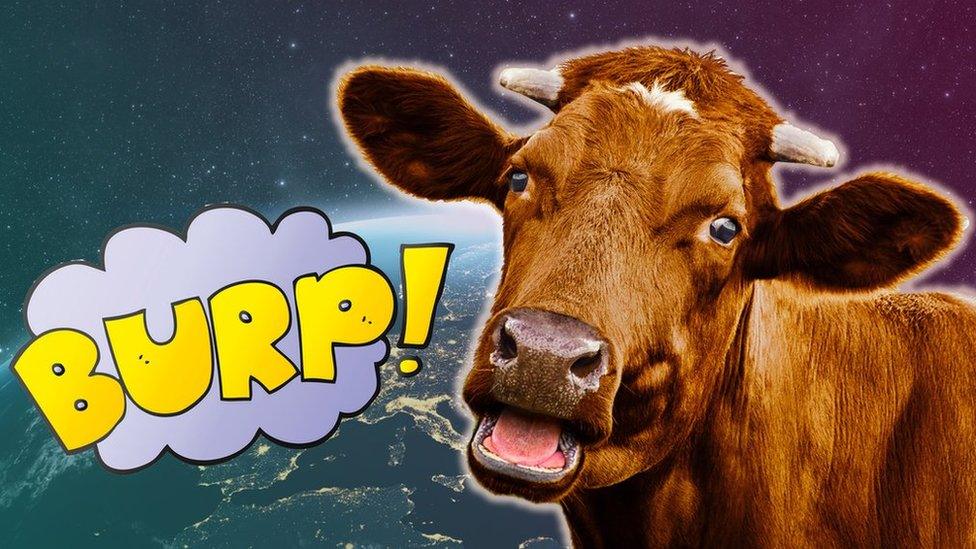
Pardon moo! Scientists have been able to measure cow burps from space using satellites for the first time.
That's right, researchers at GHG Sat - an environmental research company - have used satellites to capture high-quality pictures of cow burps from space.
The pictures were taken over an area of land used for farming in Joaquin Valley in California, in the US, during February.
The scientists say the research is a "significant step" - but why do scientists want to monitor cow burps in the first place? Take a look below to find out more...
Why do scientists want to monitor cow burps?
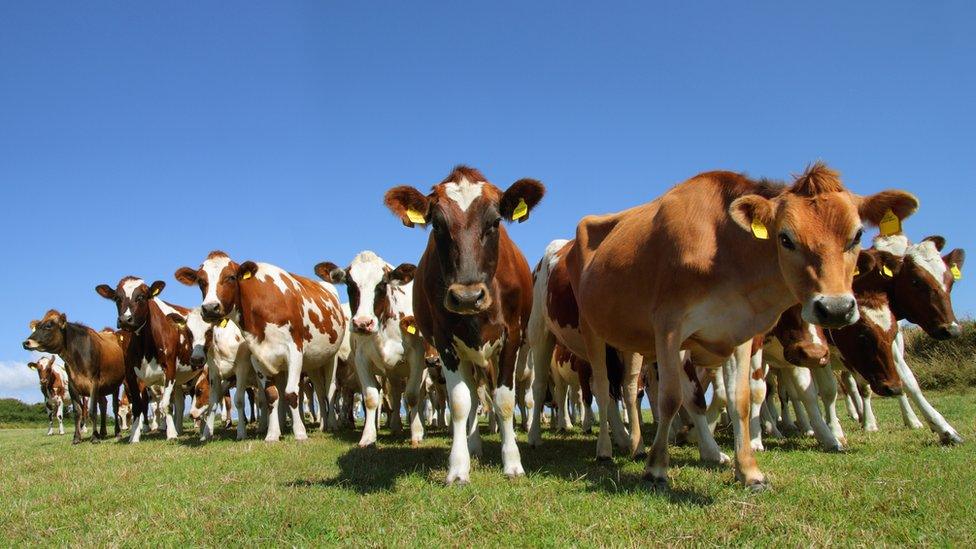
Why are scientists interested in cows moosical bodily functions?
When cows burp or fart they release a gas called methane.
Methane can come from many sources. It is produced naturally in the environment, by animals, and as a result of human activity but it is also a big contributor to global warming and climate change.
Cows burp a lot because when their four stomachs break down grass and other food, gas is produced and they have to, er well, get rid of it!
Scientists want to monitor methane because it is a greenhouse gas which traps heat in the Earth's atmosphere like a blanket, warming the planet.
Although there's more carbon dioxide (CO2) in the atmosphere and it sticks around for longer, methane released into the atmosphere has a more powerful warming effect on the planet than CO2.
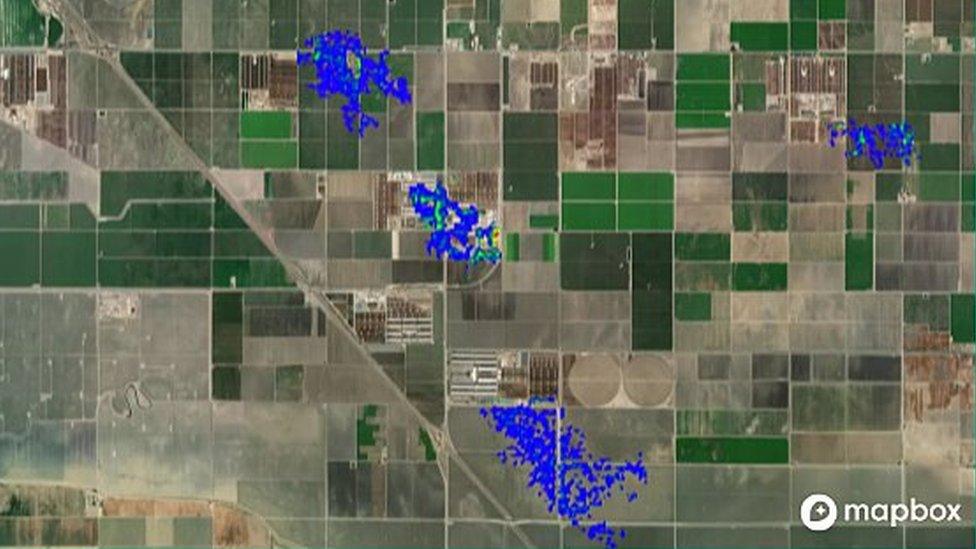
This image taken by the satellite shows the high levels of methane in blue.
The researchers at GHG Sat decided to use satellite technology to accurately measure the levels of methane produced by farms - because previously it has been difficult to do.
Looking at their results, the scientists found the amount of methane released at the farm they studied in Joaquin Valley was between 361 to 668 kilogrammes per hour.
If this carried on for a year, enough gas would be released to power just over 15,000 homes!
In 2019, methane in the atmosphere reached record levels, around two-and-a-half times above what they were before human activities started producing more of the gas.
According to Nasa, almost a quarter of the world's methane emissions come from the agriculture industry, most of which is from raising farm animals for meat and dairy.
GHG Sat share their findings with the United Nation's International Methane Emissions Observatory programme (IMEO).
The hope is that this information can be used to help set official targets to limit the amount of methane produced.
The company is aiming to put around 10 satellites into orbit by next year to help continue their research.
- Published17 August 2019

- Published2 November 2021
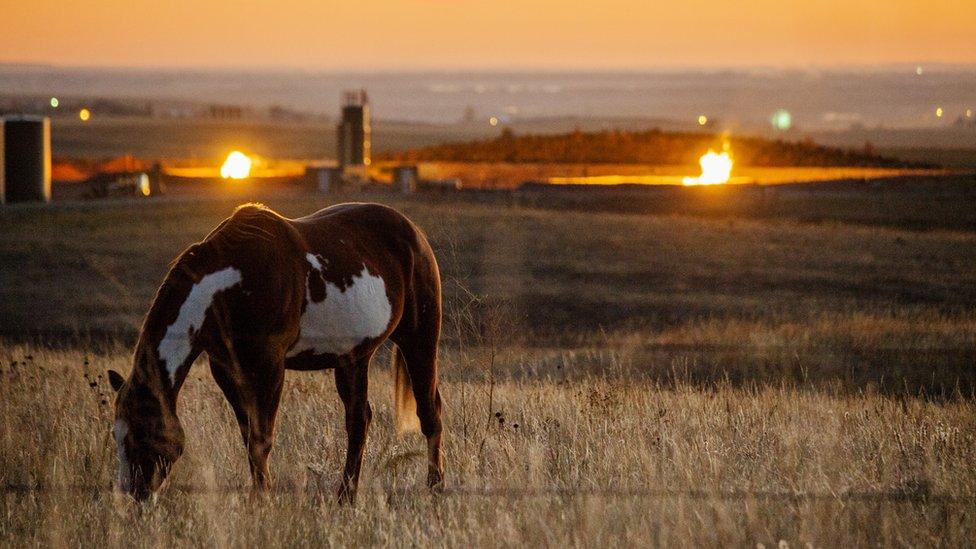
- Published28 April 2022
